Jack O'Lanterns (Omphalotus sp) are bioluminescent fungi that decompose woody debris in hardwood forests Their orange colors and seasonal fruiting patterns resemble those of many Chanterelle species, but unlike the latter fungi, Jack O'Lanterns are toxicSubscribe to the Learn Your Land email newsletter here https//learnyourlandcom/Chanterelles (Cantharellus sp) are edible, while Jack O'Lanterns (Omphalo · The Jacko'lantern mushroom (Omphalotus olearius) is a common wild mushroom which may be distinguished by its funnelshaped cap and its bright yellow to orange color It is usually found from July to November in woodland areas of North America, where it grows on decaying stumps, buried roots or at the base of hardwood trees, especially oaks

Jack O Lantern Mushrooms Bygl
Jack o lantern mushroom
Jack o lantern mushroom-Darrell Cox and Andrew Miller The JackOLantern mushroom, Omphalotus olearius, (also known as Omphalotus illudens) is a common latesummertoBrowse 16 jack o lantern mushroom stock photos and images available, or search for pumpkin carving to find more great stock photos and pictures jacko'lantern mushrooms (omphalotus olearius) jack o lantern mushroom stock pictures, royaltyfree photos & images Jacko'lantern mushrooms , Paxillaceae




Jack O Lantern Mushroom Common Chanterelle Youtube
· I was driving home the other day, and on a bank, under an oak tree, there were some electrifyinglyorange mushrooms cascading down a small slope BYGLalert screamed out at me, so let's take a look Delightful as they looked to the eye, these would seem to be jacko'lantern mushrooms, probably Omphalotus olearius This mushroom may cause serious gastric distress · Eating wild mushrooms isn't dangerous provided you do solid research and know what to look for Chanterelle is a good choice to look for as the only similar one is the Jack O Lantern and as can be seen they do look different if closely inspectedIn North America, Omphalotus olivascens, the western jacko'lantern mushroom and Clitocybe dealbata, the ivory funnel mushroom, both can be mistaken for Pleurotus ostreatus Pleurotus ostreatus on the wwwfirstnaturecom web site
The jack o'lantern mushroom is an orange to yellow gilled mushroomIt looks like the chanterelle and emits lightUnlike the chanterelle, the jack o'lantern mushroom is very poisonousWhile eating this mushroom will not kill you, it may cause cramps, vomiting, and diarrheaThis mushroom smells and looks very appealing, so there are reports of repeat poisonings from individuals who wereJacko'lantern mushrooms have caused many poisonings because they're attractive and often abundant They cause mild to severe stomach upset but are not lifethreatening — to healthy adults They're also said to be bioluminescent — the gills of fresh specimens may sometimes give off a faint greenish glow at night or in a darkened roomA common late summer and fall mushroom, Omphalotus illudens has a rather uncommon trait that earns it the nickname the Jack O'Lantern mushroom when viewed in the dark, the mushroom's orange gills emit an eerie bioluminescent green glow Exposures are 3090 seconds at 1000 ISO, f/16 and greatly enhance the perceived luminosity, which
Jackolantern Mushrooms October Nature Notes Luminescent cells of one mushroom set the woodland aglow Appearing in October, orange as a pumpkin and emitting an eerie Halloween glow, Omphalotus illudens is associated with the supernatural cavortings of witches, goblins, and other spooks, earning it the common name jackolantern mushroom · Jackolantern mushrooms are fleshy, bright orange mushrooms found growing in dense clusters on rotting wood, dead trees, and stumps However, the substrate can sometimes be concealed under the leaf litter, giving the impression that it is growing directly out of the ground like its edible lookalike, the chanterelleJack o'Lantern Mushroom Facts Colors range from bright orange to an orangey green on the cap and stem The cap is smooth and convex to flat at first Often they start to point up with age The stem is smooth, with no ring on the top or sac at the base Usually found growing in clusters This




Omphalotus Olivascens Wikipedia



Jack O Lantern Bay Area Mycological Society
1112 · Jack O'Lantern mushrooms (scientific name Omphalotus olearius) are toxic gilled fungi that are commonly mistaken for (edible) Chanterelles which are similar keep reading → Page 1Omphalotus olearius, also know as Jack o'Lantern is an orange mushroom that usually grows in dense tufts from the decaying underground roots of olive trees Cap initially convex with an inrolled margin, flattening and eventually developing an upturned wavy margin The colour is bright orange to yellowishorangeThis mushroom is quite noticeable due to its color, size and occurrence in clusters near trees or stumps It is most commonly found in forest or natural areas, sometimes in landscapes It appears in clusters of up to 15 mushrooms usually at the base of a living oak or from stumps or buried wood (roots), occasionally on other deciduous trees




Glowing Jack O Lantern Mushrooms Album On Imgur




Chanterelle Mushroom Jack O Lantern Identification Youtube
· As the mushroom grows older, it will become more red and brown, and it will lose a bit of its shininess Tip #3 Chicken of the woods has no gills This mushroom does not have any gills, and if it does, you are probably looking at the other mushroom called JackOLantern, which happens to be poisonousJack O'Lantern mushrooms are a bright orange mimic to oyster mushrooms that also grow on dead trees While Jack O'Lanterns do have decurrent gills, their gills are true gills, being a separate structure from the cap flesh Of course, the orange color is strong indicator but also the stem grows from the center of the capJack O'Lantern Mushroom Omphalotus illudens 1 Summary 2 Omphalotus illudens is commonly called the jacko'lantern mushroom It is a large orange mushroom that is often found in clumps on decaying stumps, buried roots or at the base of hardwood trees in eastern North America



Southern Jack O Lantern Omphalotus Subilludens Mushrooms Of Eastern Texas



Omphalotus Olearius The Jack O Lantern Mushroom
0718 · 2) JackOLantern Mushroom (Poisonous) This mushroom is also similar in the orange color however this one has gills on the underside while the Chicken of the Woods has tiny pores So just check the underside and you should be safeOften called the "Jack O'Lantern Mushroom," this species is fairly easy to identify It grows in clusters on wood, its colors are bright orange, its gills run down the stem, it has a white to pale yellow spore print, and its flesh, when sliced open, is orange (or at least orangish)1226 · The JackOLantern is a latesummertofall species of mushrooms that can be found in woodland areas of Europe and eastern North America They tend to grow in large clusters The fruiting body of this fungus has a yellowtoorange color and grows in clusters on decaying stumps, on buried roots, or at the base of some species of trees
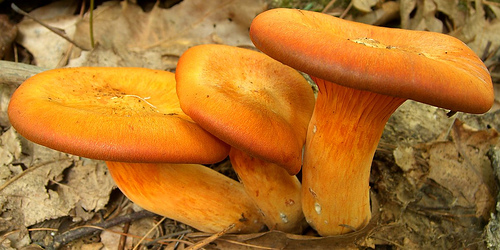



Jack O Lantern Mushroom Is A Trick Not A Treat Northern New England Poison Center




Jack O Lantern Mushroom Common Chanterelle Youtube
Jacko'lantern är den typ av halloweenlyktor som består av en pumpa, majrova eller en kålrot med ett lock urskuret och med urgröpt innandöme, ofta med konturerna av ett ansikte urskuret i skalet I innandömet placeras sedan vanligen ett tänt ljus Traditionen att tillverka jacko'lanterns kommer ursprungligen från Irland, men spreds vidare främst till USA med irländska · Jack O'Lantern poisoning is my most common mushroom poisoning call here in the Northeast Happily, it tends to pass without any lasting effects A couple of years ago, I went out at night to sit with a clump of jack o'lanterns around a stump in my neighbor's lawn It took about 10 minutes for my eyes to be able to make out the glow · Jacko'Lantern Mushroom is a poisonous, bioluminescent, gill mushroom It is found in woodlands growing on the trunk or stump of a hardwood, especially oak, or on the ground gaining nutrients from tree roots It is usually small and found in




Jack O Lantern Mushrooms




Omphalotus Illudens Wikipedia
1001 · Several mushroom species that are known as the Jack O' Lantern fungus are very common on and around oaks and other species in the late summer and fall (Photos 1 & 2) Knowing this fungus (Photo 3) is important to arborists, as it looks very similar to the wellknown, rootkilling and decay pathogen Armillaria (Photo0817 · Jack O' Lantern Mushroom Vs Chanterelle Some mushrooms look very much like chanterelles The most popular lookalike is the jackolantern (Omphalotus olearius) Unlike common chanterelles, it's bioluminescent and poisonous Mistakenly eating one won't kill you, but it can cause diarrhea and stomach crampsJack'O'Lantern Plugs (Omphalotus olearius) Regular price Sold out We use this mushroom and culture to produce novel antibiotics and for mycoremediation experiments Excellent for nature trails and just a beautiful mushroom to be admired, and viewed in the dark!




Amazon Com Jack O Lantern Mushroom O Illudens Poster Print By Science Source 24 X 36 Posters Prints
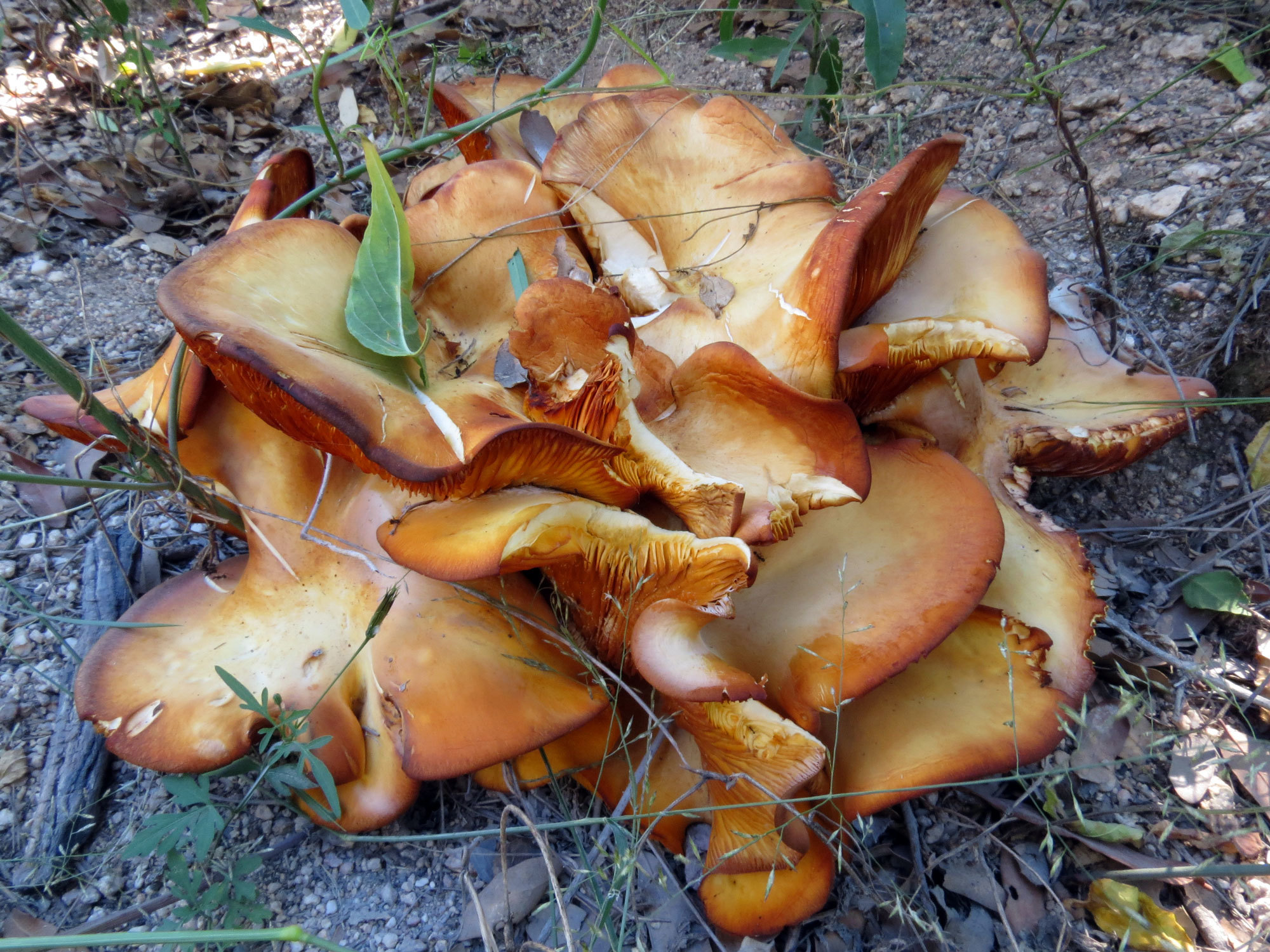



Western Jack O Lantern Mushroom Encyclopedia Of Life
0130 · The Jacko'Lantern mushroom is large and strikingly bright orange It is found in clumps usually on large stumps of wood or fallen branches and the decaying roots of deciduous trees Jacko'Lantern is a poisonous mushroom and when ingested can0219 · The jack o'lantern mushroom is an orange to red gill mushroom that is similar in appearance to the chanterelle, and most notable for its bioluminescent properties Unlike the chanterelle, the jackYoung Jack O Lantern Mushrooms Jack o'lanterns are a good mushroom to know, since they're poisonous and are probably the main imposter for chanterelles that you'll see while hunting across They are a textbook case of a poisonous mushroom being a "look a like" for an edible one




Omphalotus Illudens Mushroomexpert Com




Young Jack O Lantern Mushrooms Omphalotus Illudens Flickr
1404 · Free online jigsaw puzzle game · The JackOLantern mushroom, Omphalotus illudens, is a common latesummertofall mushroom of the midwestern and eastern United States It gets its common name not only because of its bright pumpkin orange color and its occurrence around the time of Halloween, but also because it can exhibit an eerie glow known as bioluminescence—the production of light by a07 · Jackolantern mushrooms are very toxic and look somewhat alike, but the similarities end at color Confusing a chanterelle for a jackolantern is like confusing a deer for an antelope When Chanterelles will show up as early as late spring but are more common in late summer and early fall




Jack O Lantern Omphalotus Illudens Hiker S Notebook



Jack O Lantern Bay Area Mycological Society
Jack O'Lantern mushrooms can look like Chanterelles when on the ground However, the Jack O'Lantern is now considered to be one of the mushrooms most often implicated in poisoning This is because of several factors they are found in large quantities inMost notably the jackolantern mushroom While not deadly, the jackolantern mushrooms will cause very unpleasant vomiting, diarrhea, and severe cramps Definitely something you want to avoid if at all possible Recognizing false gills is one of the most useful ways of identifying chanterel les and distinguishing them from lookalikes · Jack o'lantern mushrooms by Jason Hollinger, Creative Commons In time for Halloween, jack o'lantern mushrooms are starting to show their faces We had a call related to this mushroom last week, and they are common from July to October




Jack O Lantern Mushrooms Bygl




Hunting Mushrooms And What Makes Some Glow In The Dark The New York Times
Orange omphalotus illudens, also known as the jacko'lantern mushroom, a poisonous fungi with weak Omphalotus olearius aka Jacko'lantern mushroom Poisonous and Omphalotus olearius, commonly known as the jacko'lantern mushroom, is a poisonous orange · Download Jack o lantern mushroom images and photos Over 81 Jack o lantern mushroom pictures to choose from, with no signup needed Download in under 30 seconds · Poisonous mushrooms in the game used to make the player hallucinate when consumed, but this was later removed The JackoLantern mushroom ( Omphalotus olearius) is poisonous but not hallucinogenic As in reality, the (edible) chantarelles and (poisonous) jackolantern mushrooms appear similar and may be confused



Western Jack O Lantern Mushroom Omphalotus Olivascens
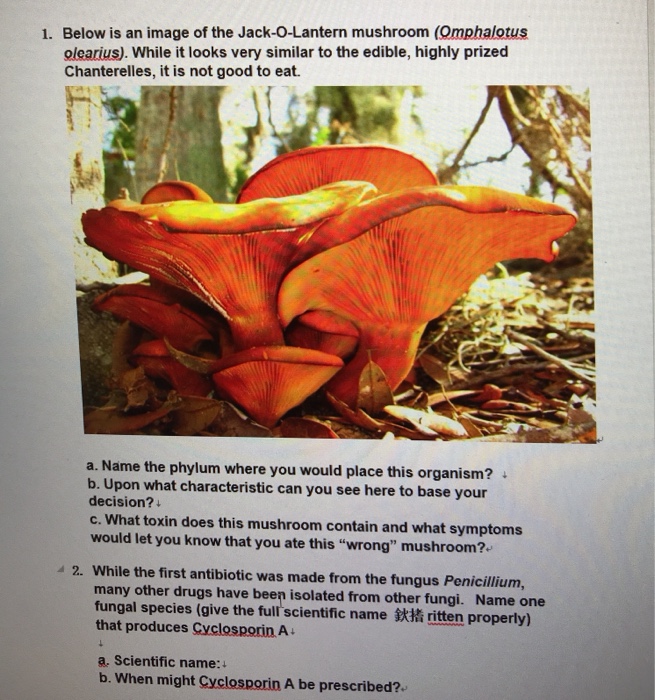



Solved 1 Below Is An Image Of The Jack O Lantern Mushroo Chegg Com
Approximately 100 plugs by weight · Jack O'Lantern Mushrooms No, it is not time for Halloween, but it IS time for bright orange mushrooms to start popping out of the ground to do a little preholiday scaring The Jack O'Lantern Mushroom is pretty distinctive, so you should have little trouble identifying this one




How To Find Chanterelles And Identify Look Alikes A Mildly Offensive Blog



Omphalotus Olearius Wikipedia
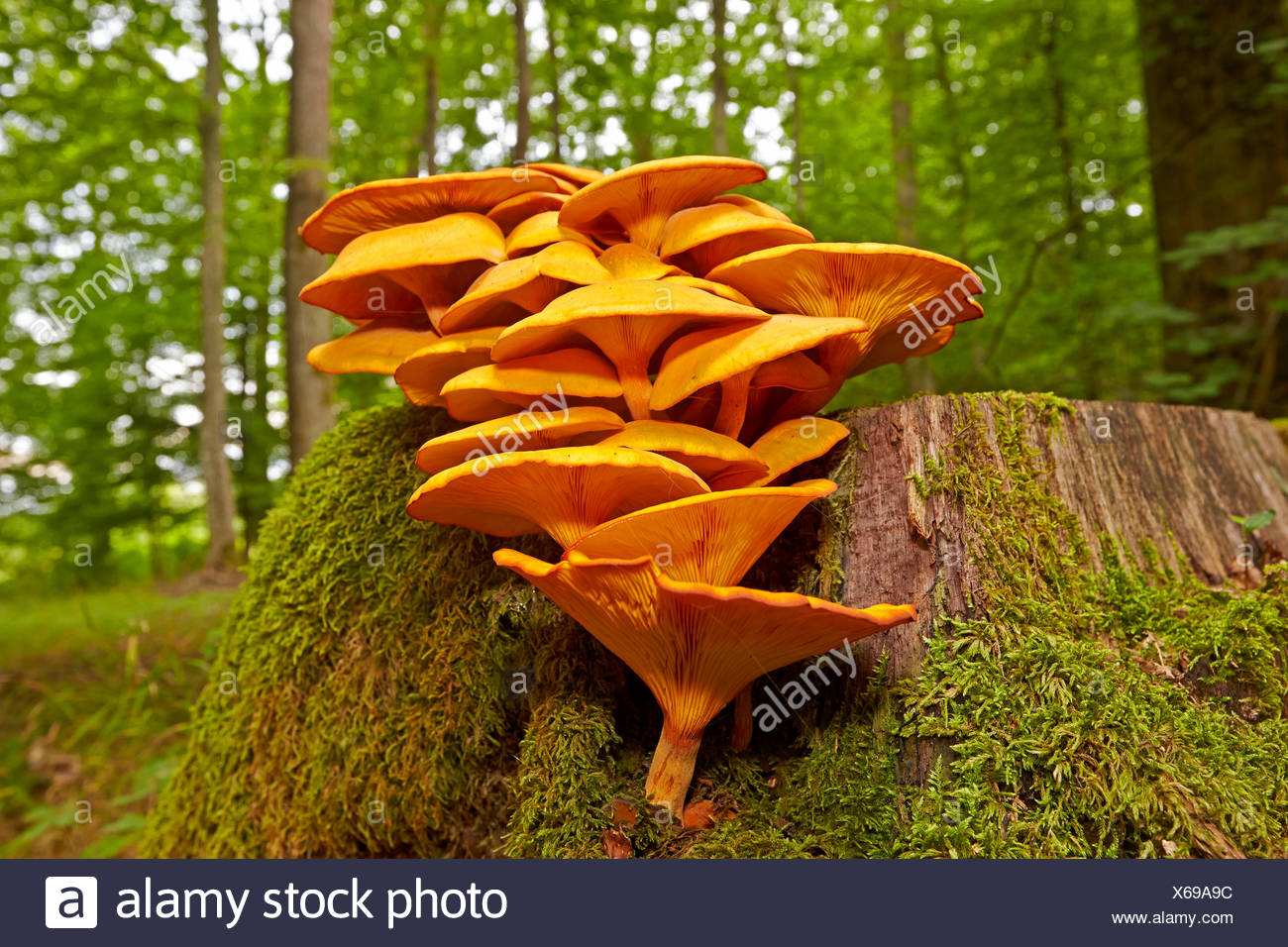



The Jack O Lantern Mushroom High Resolution Stock Photography And Images Alamy




Hunting Mushrooms And What Makes Some Glow In The Dark The New York Times



Jack O Lantern Mushroom Project Noah




Jack O Lantern Mushrooms Photograph By Judy Whitton
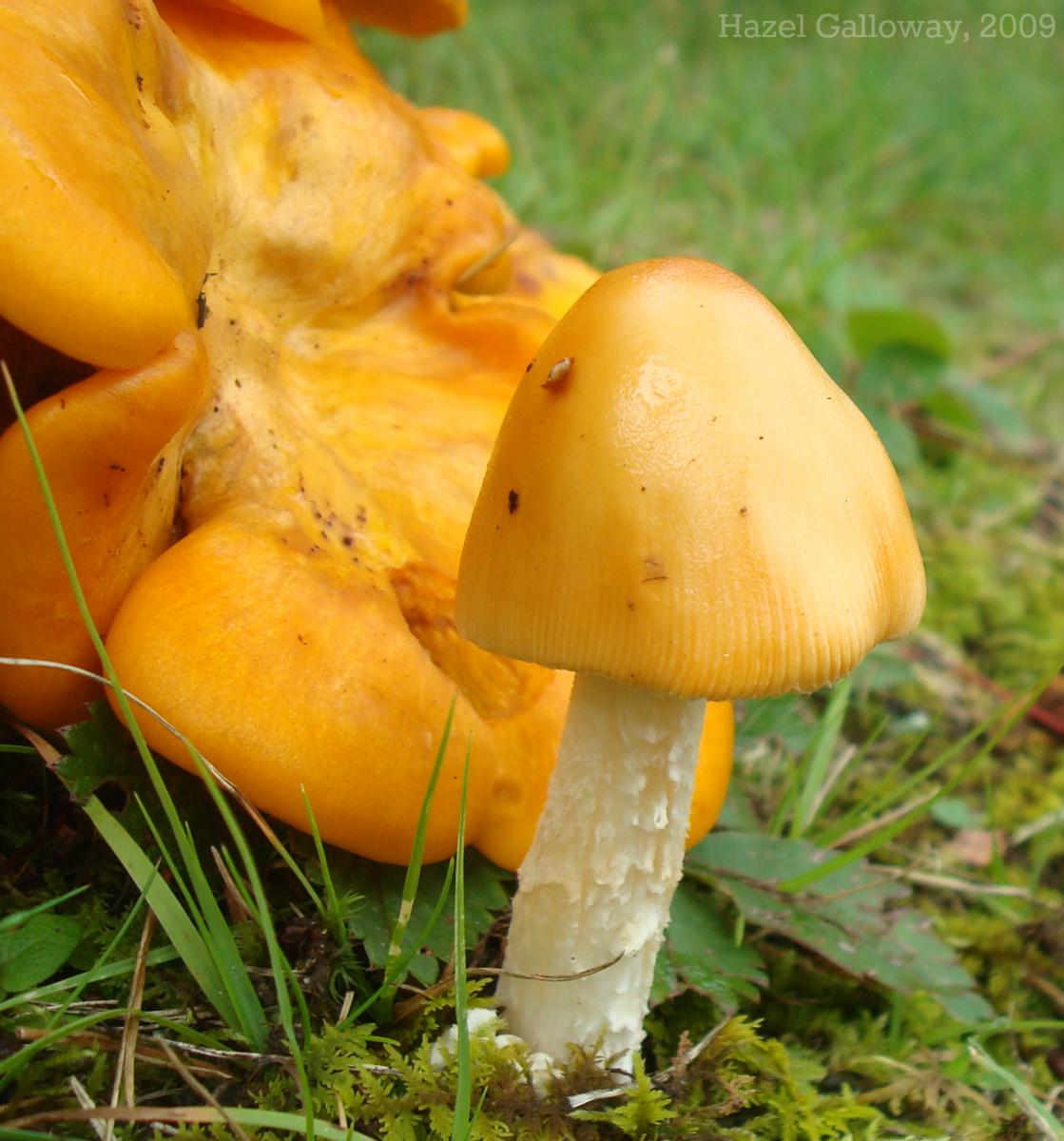



Jack O Lantern Mushroom Mountain Lake Biological Station U Va




Jack O Lantern Mushrooms Bygl




Maryland Biodiversity Project Jack O Lantern Mushroom Omphalotus Illudens
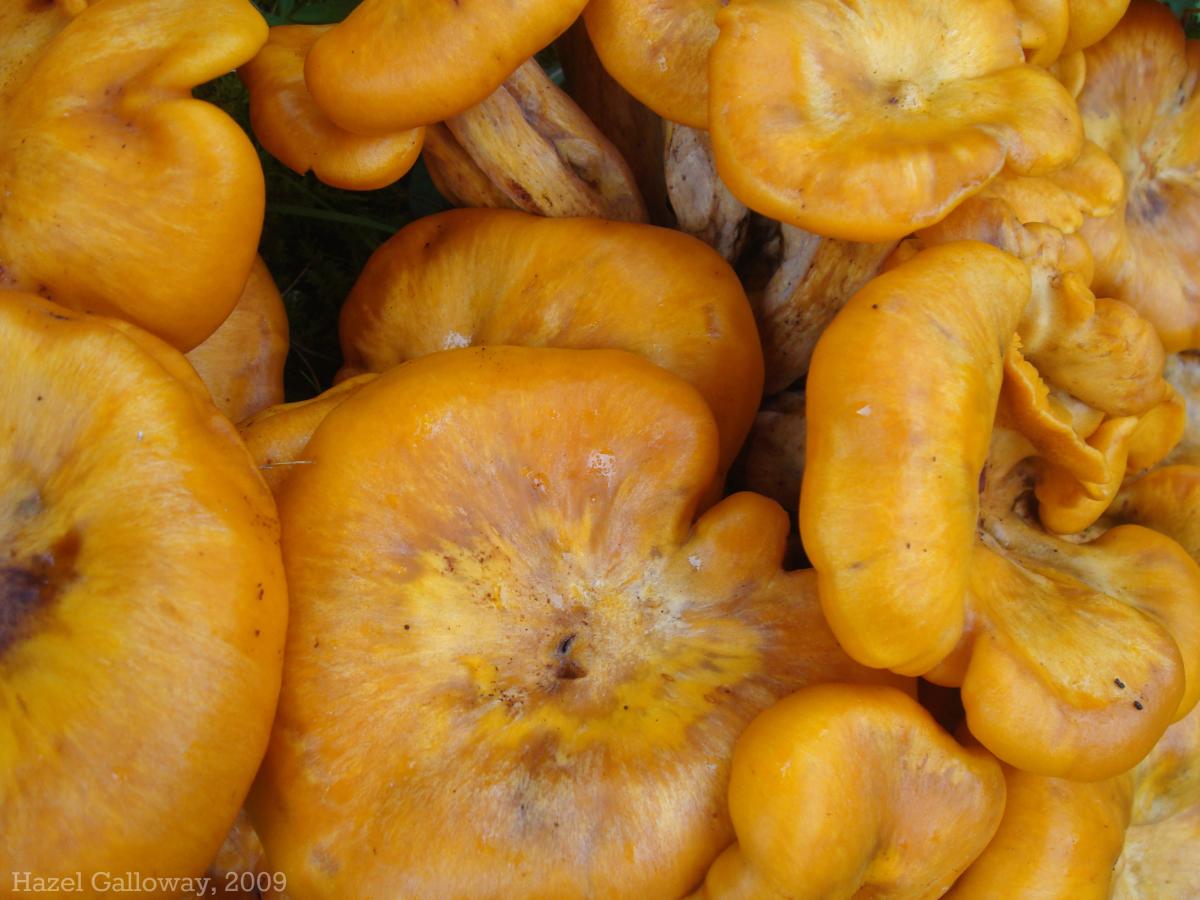



Jack O Lantern Mushroom Mountain Lake Biological Station U Va




Jack O Lantern Mushroom Facts For Kids




Omphalotus Olearius Image Photo Free Trial Bigstock



Southern Jack O Lantern Omphalotus Subilludens Mushrooms Of Eastern Texas



Southern Jack O Lantern Omphalotus Subilludens Mushrooms Of Eastern Texas




Omphalotus Illudens Also Called Jack O Lantern Mushroom Recoil Offgrid




Jack O Lantern Missouri Department Of Conservation



Haunted Horticulture V Jack O Lantern Mushroom Uf Ifas Extension Pinellas County




Jack O Lantern Mdc Teacher Portal



Omphalotus Olearius The Jack O Lantern Mushroom
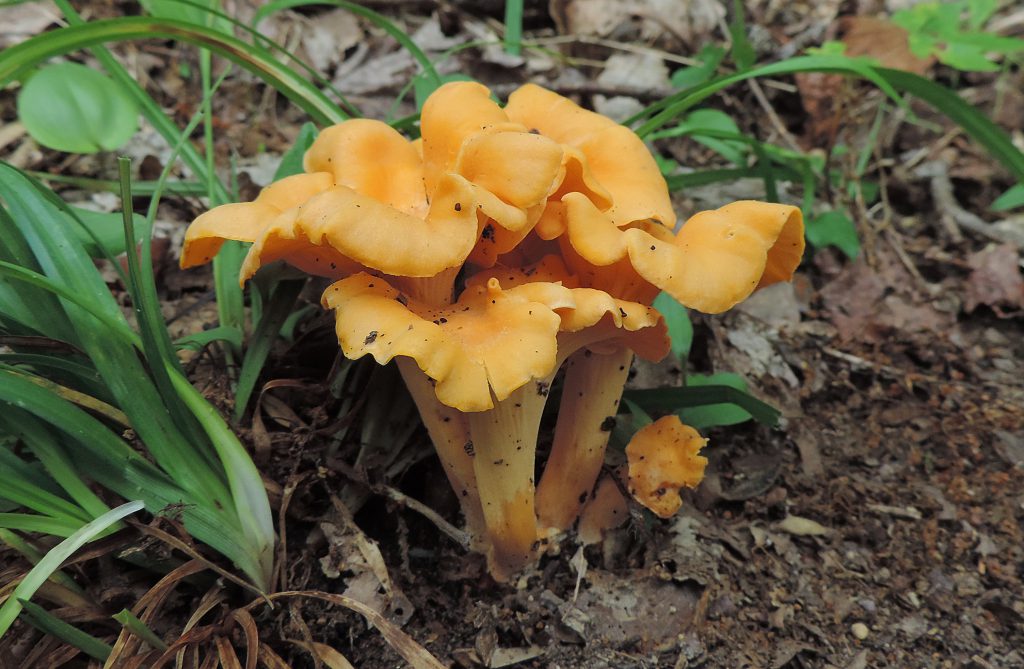



Chanterelle Jack O Lantern Mushroom Identification Learn Your Land




Jack O Lanterns And Chanterelles Jack Elliott S Santa Barbara Adventure



Minnesota Seasons Jack O Lantern Mushroom




Pin On My Photography




Jack O Lantern Mushroom Facts For Kids




Jack O Lanterns Fantastic Fungi Fruit Bodies To Forgo Oakland County Blog




Chanterelle Jack O Lantern Mushroom Id Youtube




Illinois Natural History Survey Jack O Lantern Mushroom




Chanterelle Chicken Of The Michigan Mushroom Market Facebook




Jack O Lantern Mushrooms Bioluminescence Is Created By The Same Chemical Found In Fireflies Pics




Omphalotus Olearius Jack O Lantern Mushroom Identification Info




Omphalotus Olearius The Jack O Lantern Mushroom
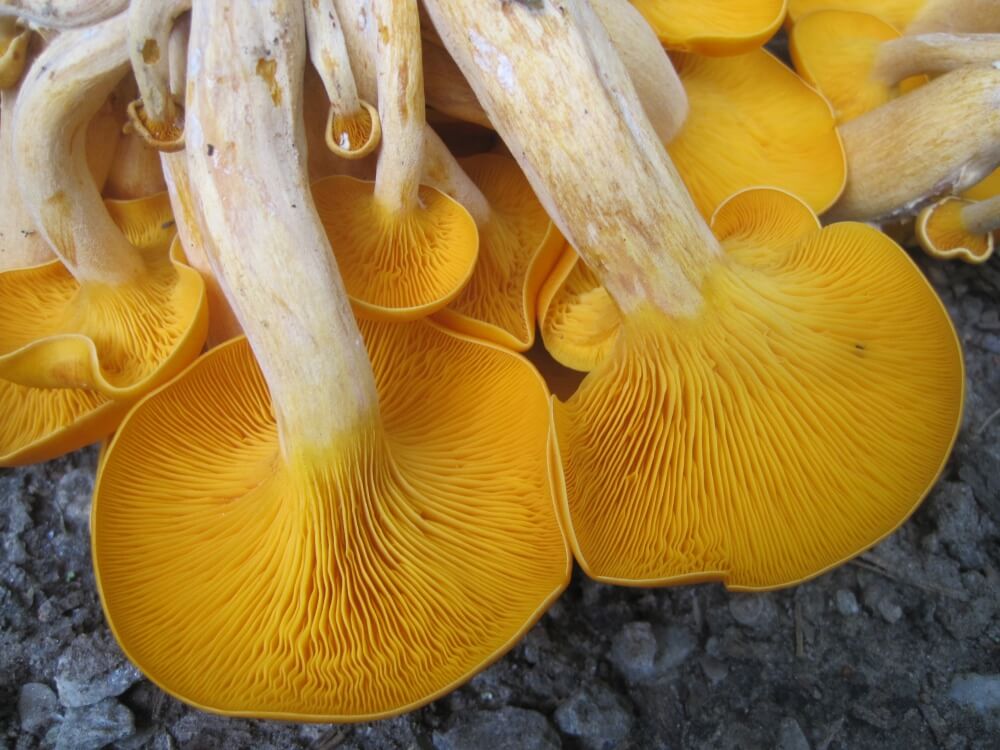



Jack O Lantern Omphalotus Olearius Mushroom Mountain




Eastern American Jack O Lantern Omphalotus Illudens Inaturalist Ca



Jack O Lantern Mushroom Creationwiki The Encyclopedia Of Creation Science




An Adventure With Omphalotus Cornell Mushroom Blog




Jack O Lantern Mdc Teacher Portal




Jack O Lantern Mushroom Virginia Wildflowers
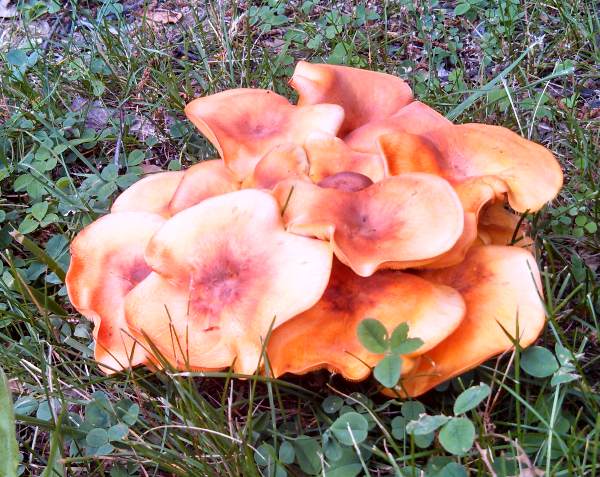



Omphalotus Illudens Jack O Lantern Mushroom Identification




Pin On Magic Bioluminescence
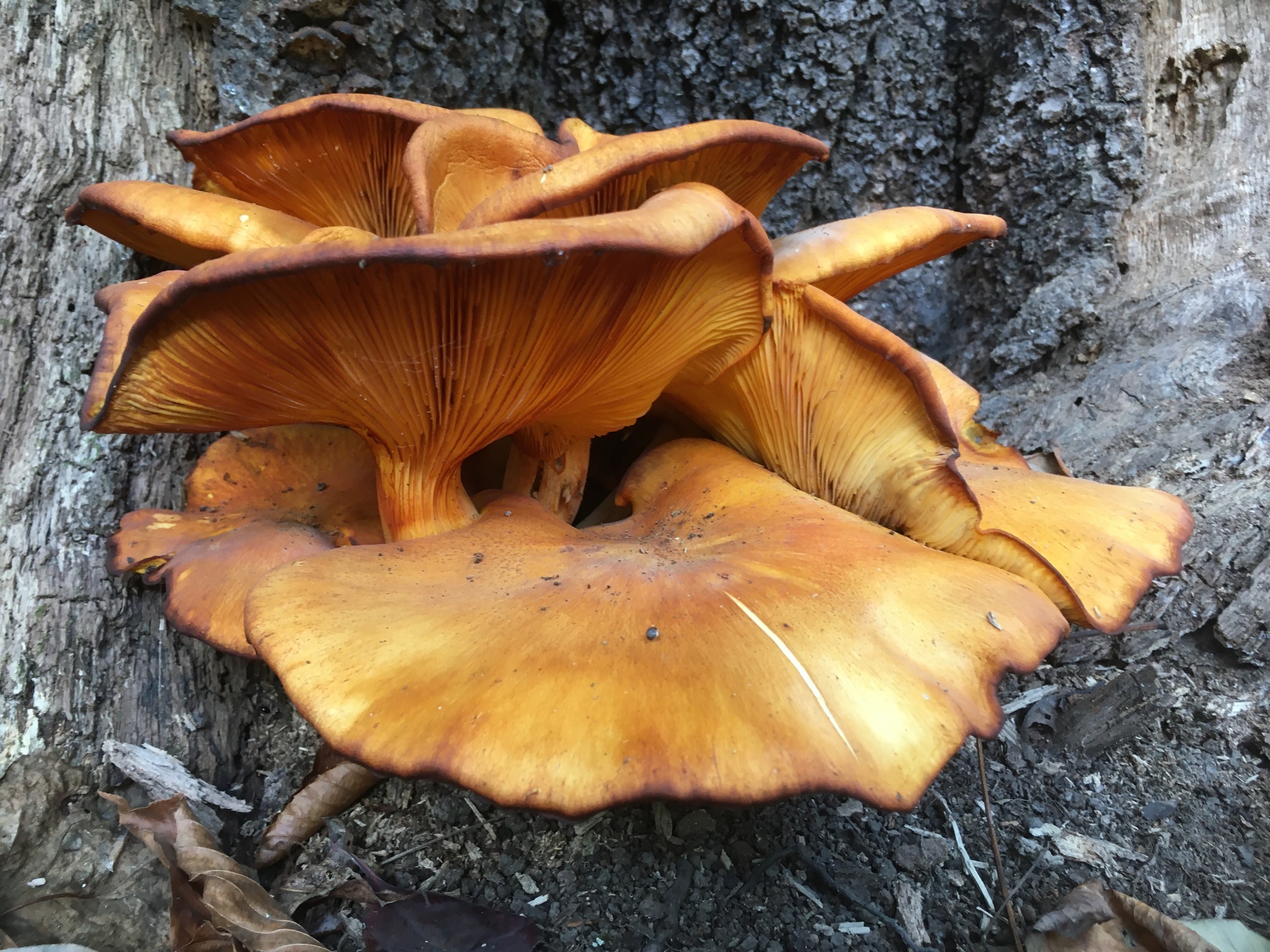



Maryland Biodiversity Project Jack O Lantern Mushroom Omphalotus Illudens




Jack O Lantern Mushroom Highly Toxic Fungus Growing In




Parasol Fungus




Jack O Lantern Mushrooms Bygl




Jack O Lantern Missouri Department Of Conservation




Fungus Fun Facts Jack O Lantern Mushroom Kramer Tree Specialists
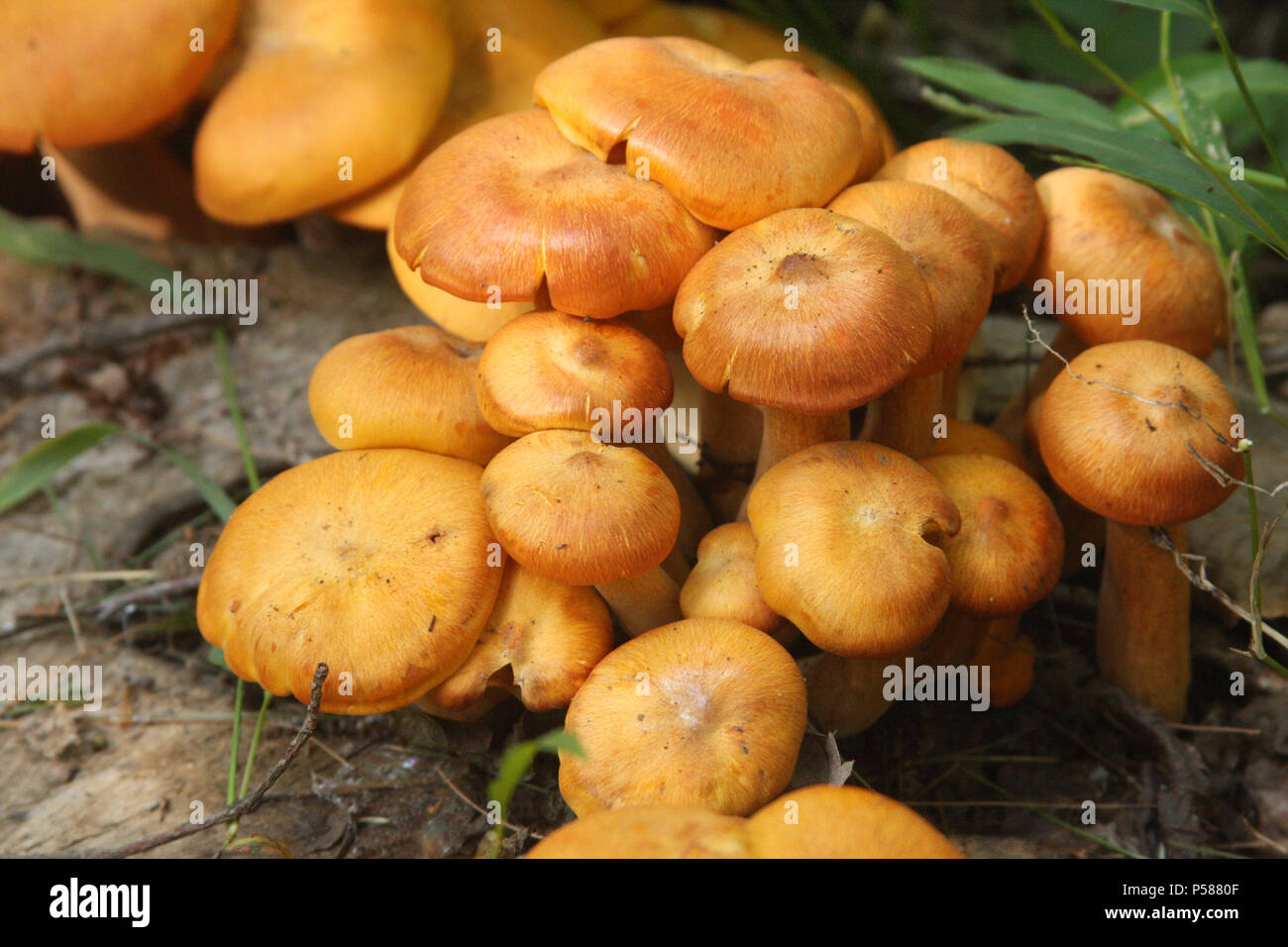



The Jack O Lantern Mushroom High Resolution Stock Photography And Images Alamy




Jack O Lantern Mushroom Omphalotus Olearius Sawdust Spawn Strain Nr Medicinal Mushro 14
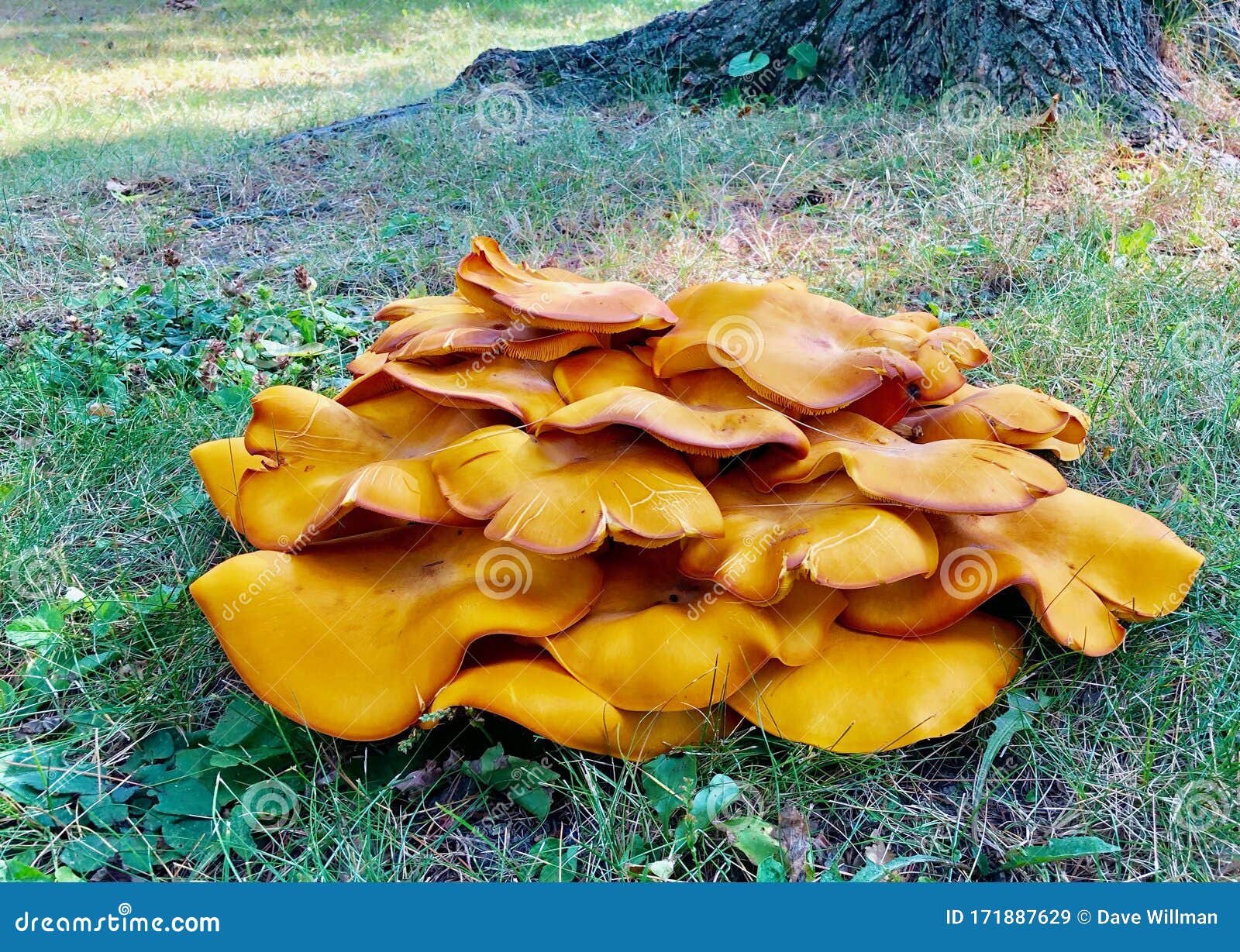



Poisonous Jack O Lantern Mushroom Stock Image Image Of Outdoors Wilderness




Pin On Mushroom Hunting




Jack O Lantern With Gill Shot For Comparison To Chanterelle Album On Imgur
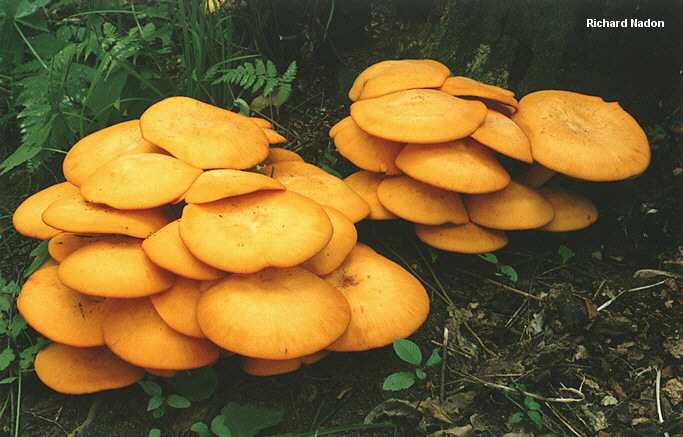



Omphalotus Illudens Mushroomexpert Com




Trick Or Treat In July Jack O Lantern Mushrooms Say Boo Outdoors Hoosiertimes Com




Top 6 Poisonous Mushrooms Part 1 Jack O Lanterns Omphalotus Illudens Youtube
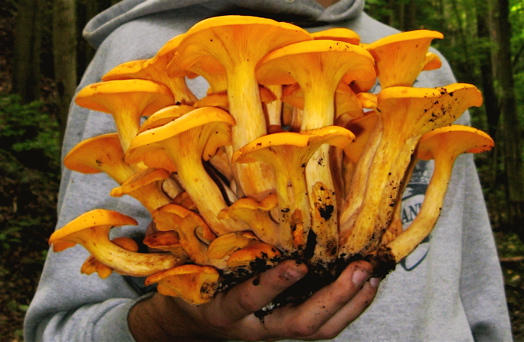



An Adventure With Omphalotus Cornell Mushroom Blog
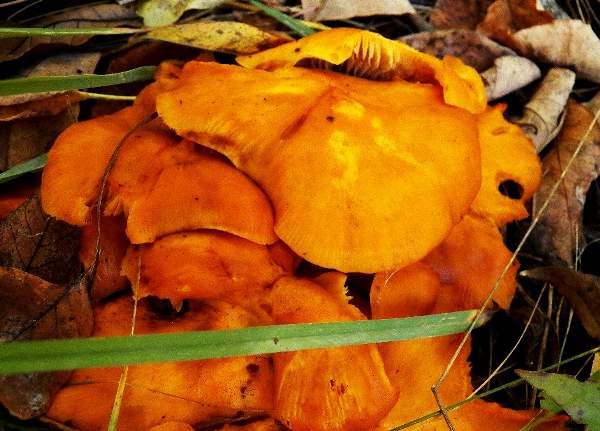



Omphalotus Illudens Jack O Lantern Mushroom Identification




California Fungi Omphalotus Olivascens
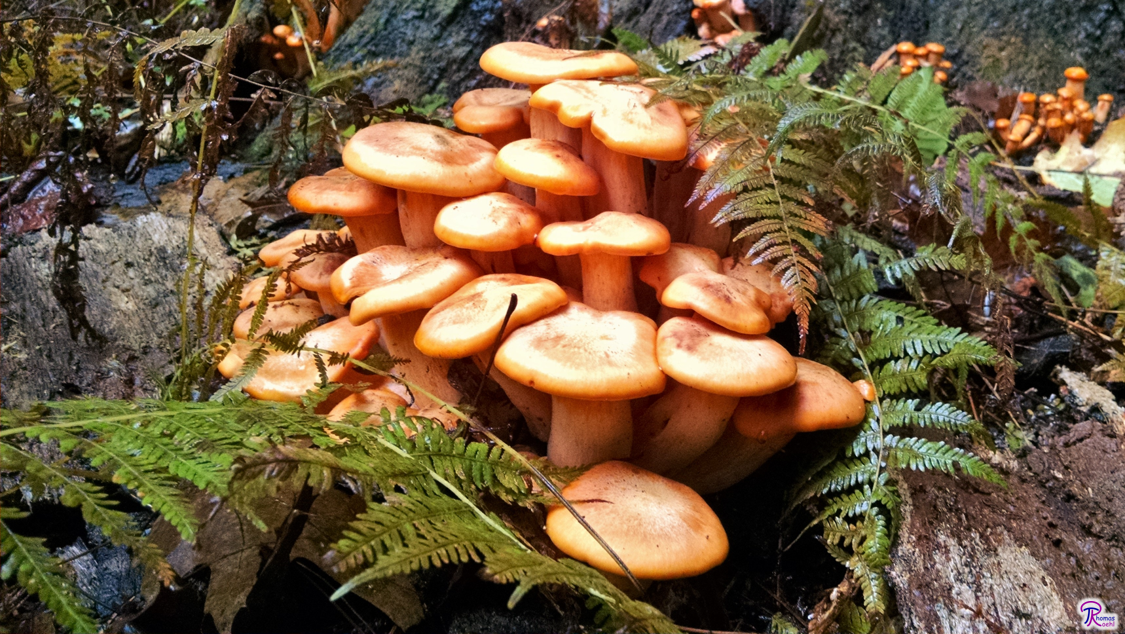



007 Omphalotus Illudens The Jack O Lantern Mushroom Fungus Fact Friday




Omphalotus Olearius Jack O Lantern Mushroom Tom Volk S Fungus Of The Month For October 1997



Chantrelles Or Young Jack O Lanterns Identification Discussion The Hoosier Mushroom Society




Jack O 039 Lantern Mushroom Sudbury Valley Trustees
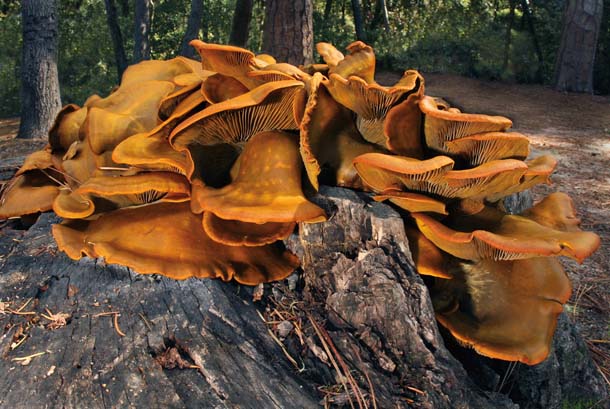



Western Jack O Lantern Mushrooms




Eastern American Jack O Lantern Omphalotus Illudens Inaturalist Ca
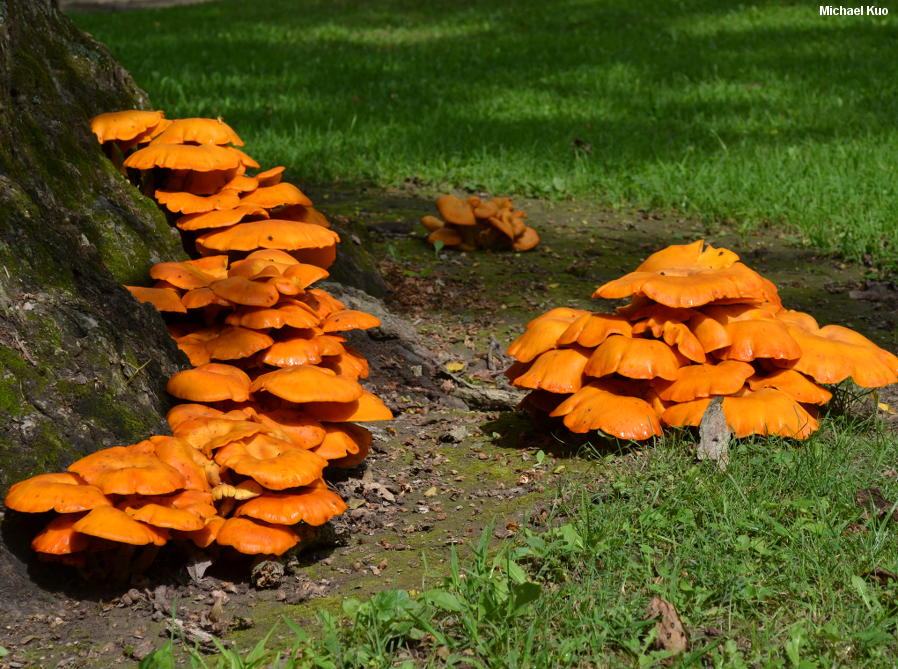



Omphalotus Illudens Mushroomexpert Com
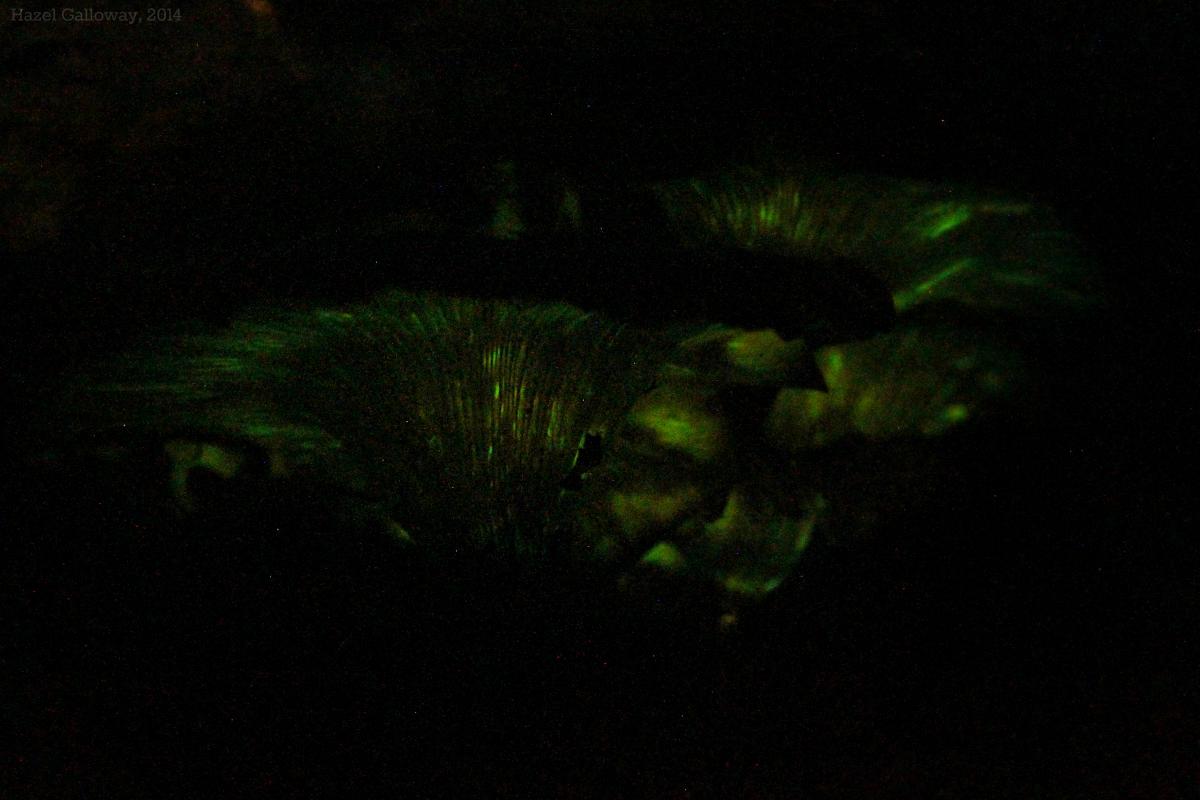



Jack O Lantern Mushroom Mountain Lake Biological Station U Va




Capital Naturalist By Alonso Abugattas Jack O Lantern Mushrooms




Jack O Lanterns Fantastic Fungi Fruit Bodies To Forgo Oakland County Blog




Jack O Lantern Mdc Teacher Portal



Haunted Horticulture V Jack O Lantern Mushroom Uf Ifas Extension Pinellas County
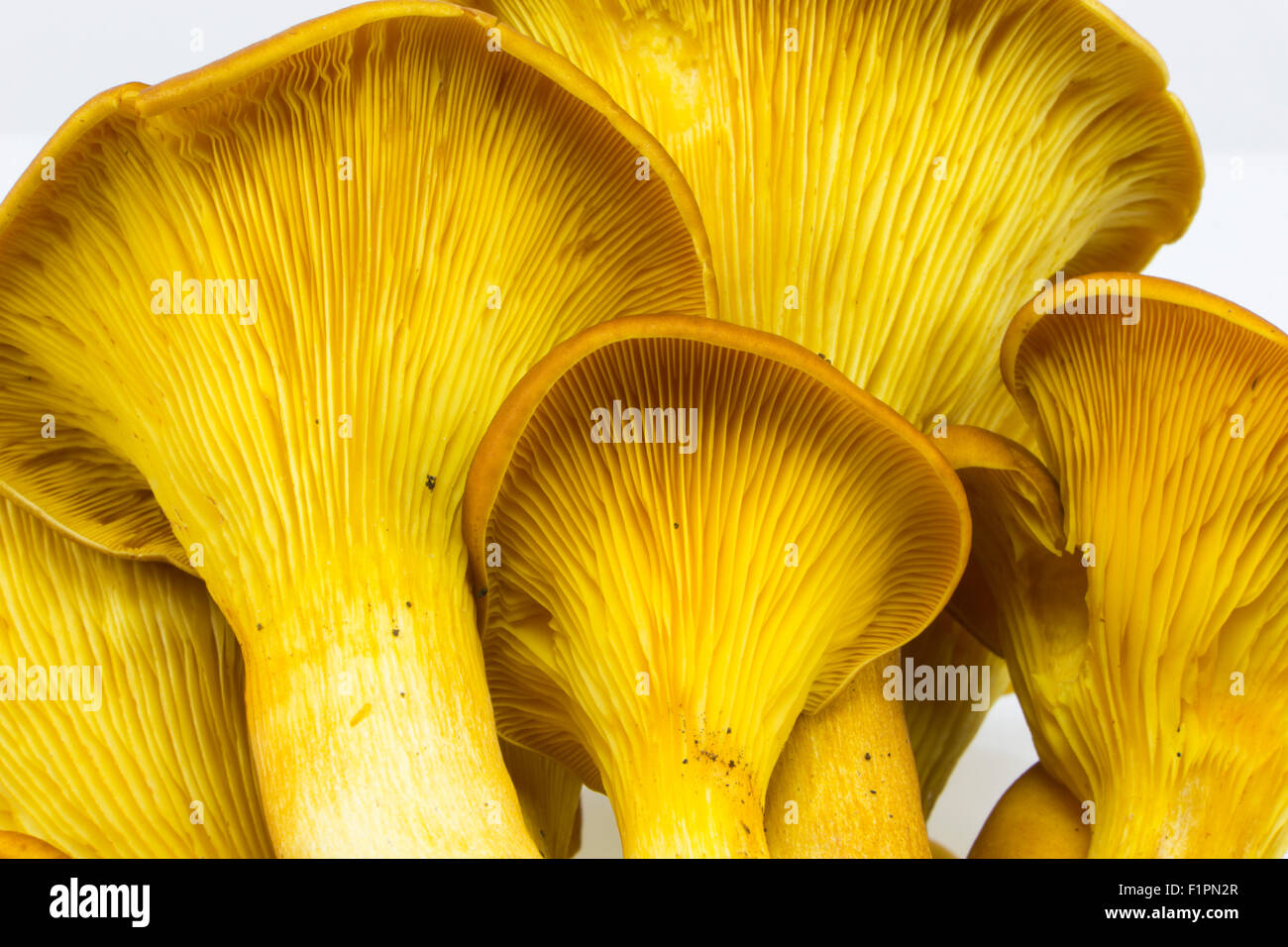



Orange Jack O Lantern Mushroom Omphalotus Olearius Gills Stock Photo Alamy



Omphalotus Olivascens Botany Photo Of The Day



Minnesota Seasons Jack O Lantern Mushroom
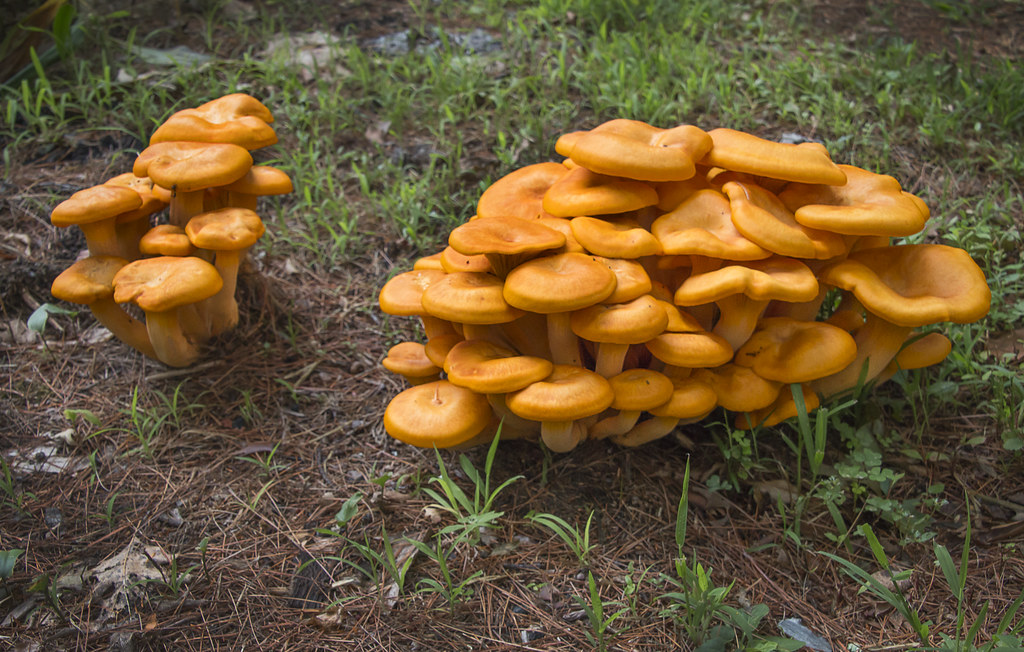



Jack O Lantern Mushrooms The Recent Rains Caused Several M Flickr



Jack O Lanterns Are Poisonous But Look A Little Like Chanterells Just Popped Up In Pa Mycology



Jack O Lanterns In The Woods Nature Of Delaware Blog
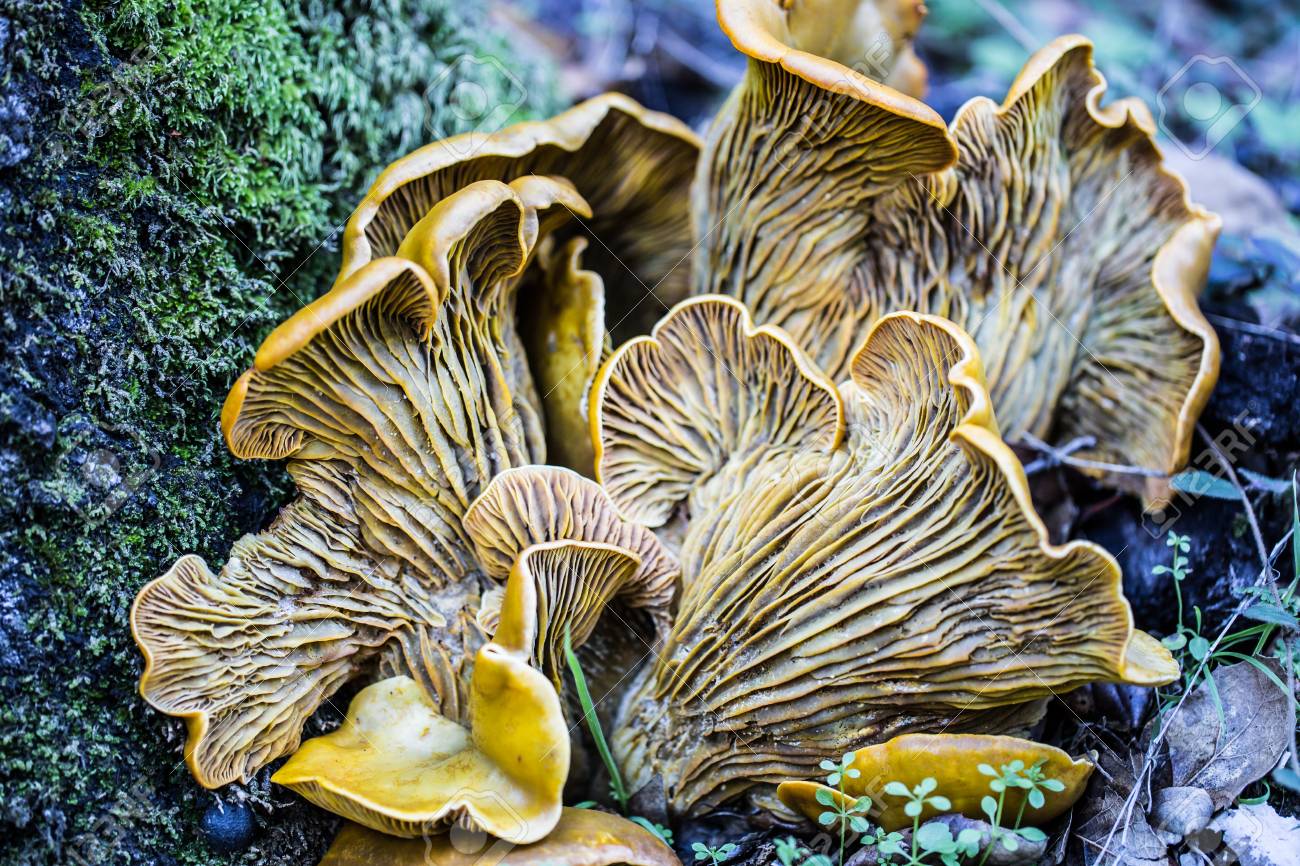



Omphalotus Olivascens Commonly Known As The Western Jack O Lantern Stock Photo Picture And Royalty Free Image Image



How To Find Have You Ben Starr Struck



Jack O Lantern Bay Area Mycological Society
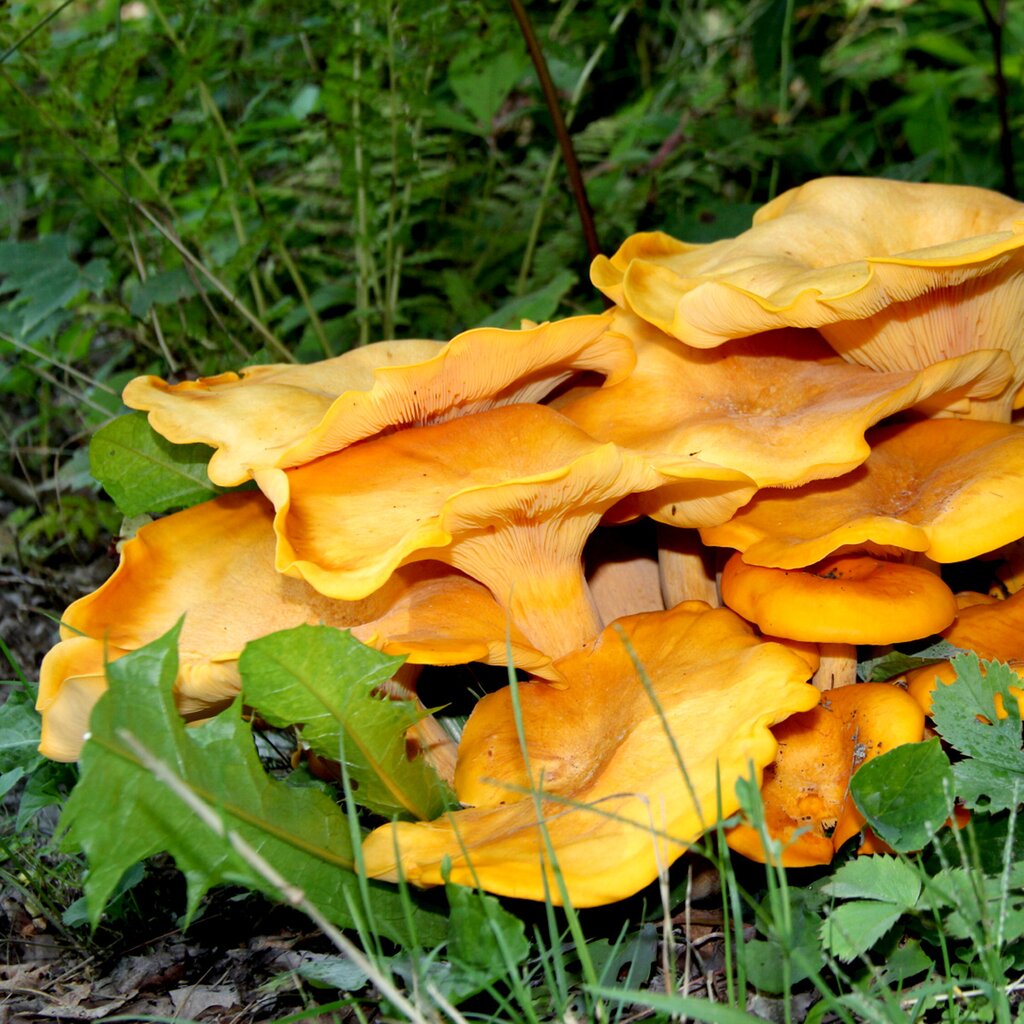



Jack O Lantern Mushroom Mushroom Patch Strain Nr Medicinal Mushroom Onlineshop Tyr 21 90




Jack O Lanterns Fantastic Fungi Fruit Bodies To Forgo Oakland County Blog




File Omphalotus Olivascens Western Jack O Lantern Mushroom Jpg Wikimedia Commons



0 件のコメント:
コメントを投稿